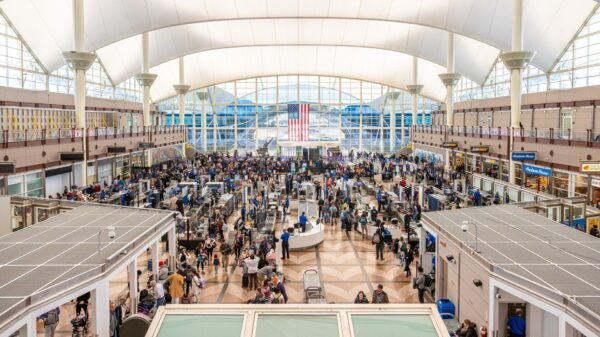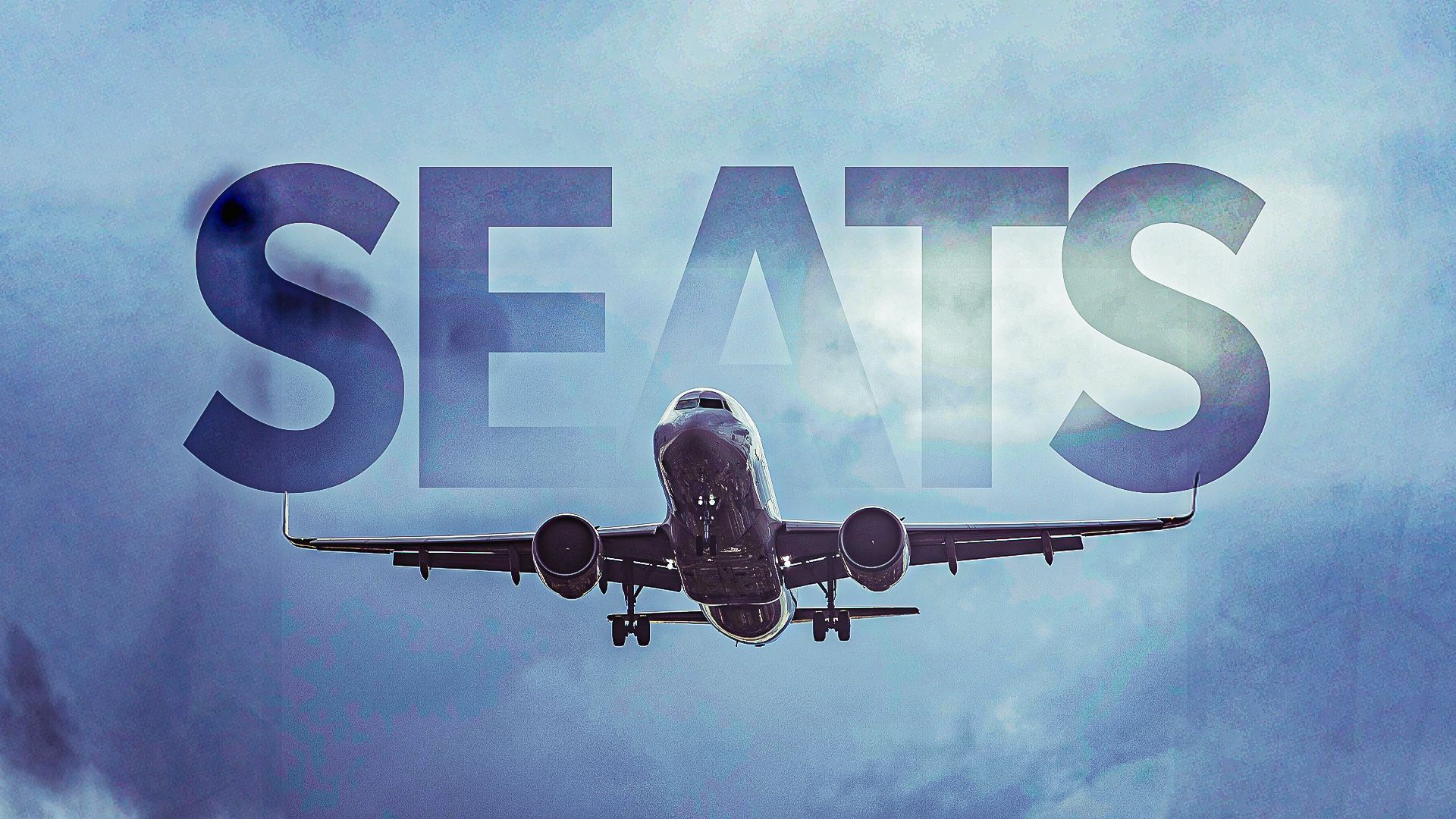American Airlines has been confirmed as the world’s largest airline for the summer of 2025, operating a remarkable total of 151.7 million seats across its extensive network. This achievement solidifies the carrier’s position at the forefront of global aviation, reflecting a robust demand for both domestic and international travel. The data, sourced from OAG, an established aviation analytics platform, highlights American Airlines’ dominance in the industry, showcasing its fleet size, passenger capacity, and revenue passenger miles.
The airline operates nearly 1,000 aircraft and boasts a vast network that spans six continents. It outpaces its closest competitors, including Delta Air Lines with 136 million seats, Southwest Airlines at 132 million seats, and United Airlines with 117 million seats. Notably, the four largest U.S. airlines account for an impressive 74% of all available seats in the country, underscoring their significant market influence.
American Airlines’ Competitive Landscape
In the context of its competition, American Airlines stands out for not only its volume but also its operational strategy. The largest U.S. airlines for summer 2025 are as follows:
1. American Airlines: 151 million seats
2. Delta Air Lines: 136 million seats
3. Southwest Airlines: 132 million seats
4. United Airlines: 117 million seats
5. Alaska Airlines: 34 million seats
6. Spirit Airlines: 24 million seats
7. Frontier Airlines: 23 million seats
8. JetBlue: 23 million seats
9. Allegiant Air: 13 million seats
10. Hawaiian Airlines: 8 million seats
These figures reveal a substantial gap between the top four airlines and the remainder of the list, highlighting the concentration of capacity among leading carriers.
American Airlines operates from an extensive network of ten hubs across the United States, including major airports like Charlotte Douglas International Airport (CLT) and Dallas/Fort Worth International Airport (DFW). The market share for American Airlines at its top hubs demonstrates its stronghold in key locations, particularly at CLT, where it commands a remarkable 69% market share.
Key Hubs: Los Angeles and Miami
Delving deeper into its operations, American Airlines significantly influences travel through two of its largest hubs: Los Angeles International Airport (LAX) and Miami International Airport (MIA).
At LAX, American Airlines serves as the primary transpacific hub, with operations primarily from Terminal 4 and a market share of approximately 15%. The airline operates over 200 daily flights to more than 70 destinations across North America, Asia, Oceania, and Latin America. Notably, American Airlines offers nonstop services to five continents from this hub, including key routes to Auckland Airport (AKL), Sydney Airport (SYD), and Tokyo Haneda Airport (HND). A significant investment of $1.6 billion is currently underway to modernize Terminals 4 and 5, enhancing passenger experience and operational efficiency.
In contrast, Miami International Airport serves as American Airlines’ primary gateway to Central and South America. The strategic location allows the airline to dominate the U.S.-Latin America market, holding a market share of around 57% at MIA. The carrier connects travelers to numerous destinations across the region and maintains strong transatlantic links. American Airlines has heavily invested in improving passenger amenities at MIA, including a newly upgraded North Terminal that features enhanced check-in areas and lounges.
The busiest international routes from MIA in 2024 reflect American Airlines’ operational strength, with the top destinations including:
1. London Heathrow Airport (LHR) – 1,033,000 passengers
2. Bogotá El Dorado International Airport (BOG) – 1,000,000 passengers
3. Lima Jorge Chavez International Airport (LIM) – 878,000 passengers
4. Panama City Tocumen International Airport (PTY) – 826,000 passengers
5. São Paulo Guarulhos International Airport (GRU) – 822,000 passengers
American Airlines: A Legacy of Innovation
American Airlines has a rich history dating back to April 1926 when it began as a mail carrier. Over the decades, it merged with various small carriers, officially adopting the name American Airlines in 1934. The airline has consistently pushed the boundaries of commercial aviation, introducing the first major frequent-flyer program, AAdvantage, in the early 1980s and becoming a founding member of the one world alliance in 1999.
Today, the airline is headquartered in Dallas/Fort Worth and operates a fleet of over 1,000 aircraft, including modern models such as the Boeing 737 MAX and Airbus A321XLR. American Airlines is currently undergoing a fleet modernization program, which involves retiring older aircraft and introducing newer models to enhance operational efficiency and passenger comfort.
Despite facing challenges, including heavy debt and the impacts of the COVID-19 pandemic, American Airlines remains committed to improving its reliability and expanding its global network. It continues to hold a dominant position in the U.S. airline market, with a robust strategy that is well-positioned to navigate an increasingly competitive landscape.







































































